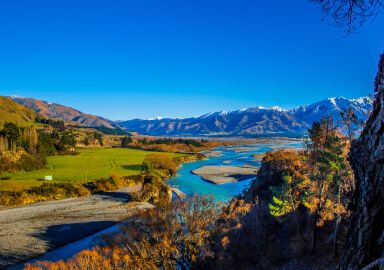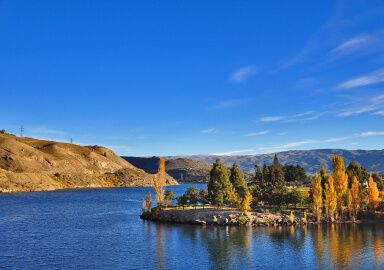Blue Cod
Blue cod can refer to a very deep-water fish of the northern Pacific Ocean or a very popular inshore species found in southern New Zealand coastal waters.
View 3 listings
3
listings
–
price starting from
1
countries
–
to the nearest trip
Where and When?
Sablefish are found in the northern Pacific Ocean from Japan north, round and down to the northern USA western seaboard. Principal areas of capture are Japan, Alaska and British Columbia. This species is found on muddy ocean floors at depths from 300-2700 m. (980-8 860 ft.). They may be caught at any time of the year, although there are restrictions in American waters and any time of the day/night as, at these depths, the diurnal cycle has little impact.
New Zealand blue cod are one of the most popular recreational shore species and are found around both the main islands although, generally, they are more common in the southern areas. They are often caught from the shore and in deeper waters where they tend to stay close to the bottom. They can be caught from rocky shores and cliffs but also in waters as deep as about 150 m (492 ft.). Most fishing is carried on in daylight and, although they will readily take a bait throughout the year, in some areas of New Zealand there are closed seasons and other restrictions.
About Blue Cod
The northern “blue cod” or sablefish, Anoplopoma fimbria, although not a “true cod”, is speckled and dark above, lighter below with a typical cod appearance - having two prominent dorsal fins, a large pectoral fin and a big mouth at the front of its head with many tiny teeth. It feeds opportunistically on small fish, crustaceans and cephalopods like squid. They can live for at least 94 years and attain 114 cm (45 in.) and 25 kg (55 lbs.), but are more often caught at about 70 cm (28 in.) and 4 kg (8.8 lbs.).
The southern “blue cod” (Parapercis colias) although not a “true cod” either, has a similar shape and is blueish or grey on the upper side with a much paler belly. It has a large mouth with big lips on the front of the head and two large eyes that swivel independently. It also eats a wide variety of small fish and invertebrates, but only grows to a maximum of about 60 cm (23.6 in.) and 4 kg (8.8 lbs.). They are also fairly long-lived, with a maximum recorded life of 32 years, but they are more commonly caught at about 10-15 years of age. They are a territorial species and spawn in spring in inshore waters.
How to Catch?
Sablefish are basically not a recreational species as expensive specialised equipment is essential to catch them. Commercial fishing is carried out by fleets of ocean-going boats using deep trawls, longline or pots to catch them. They are, however, a popular species in terms of taste as their white flesh is reported to be excellent.
The New Zealand blue cod, on the other hand, has been said to be “sinfully easy to catch”. It it has a reputation for taking almost any bait with little regard to presentation, type of bait or the skill level of the angler. Shore fishing can be easy and great fun and the trick is simply to find the fish. They usually prefer deeper water and rocky areas and so cliff fishing is productive. Moving around until you catch one is a good strategy as they appear to take any bait if they are present in an area.
Light tackle is sufficient as, with blue cod, the fish are usually not big and do not usually head for cover when hooked. Any natural local bait usually works well as do many types of artificial baits and lures. When boat fishing, drifting using natural bait or jigging often produces good results. While not the biggest, strongest or most exciting species, this fish gives enormous pleasure to great numbers of recreational anglers in New Zealand waters.







